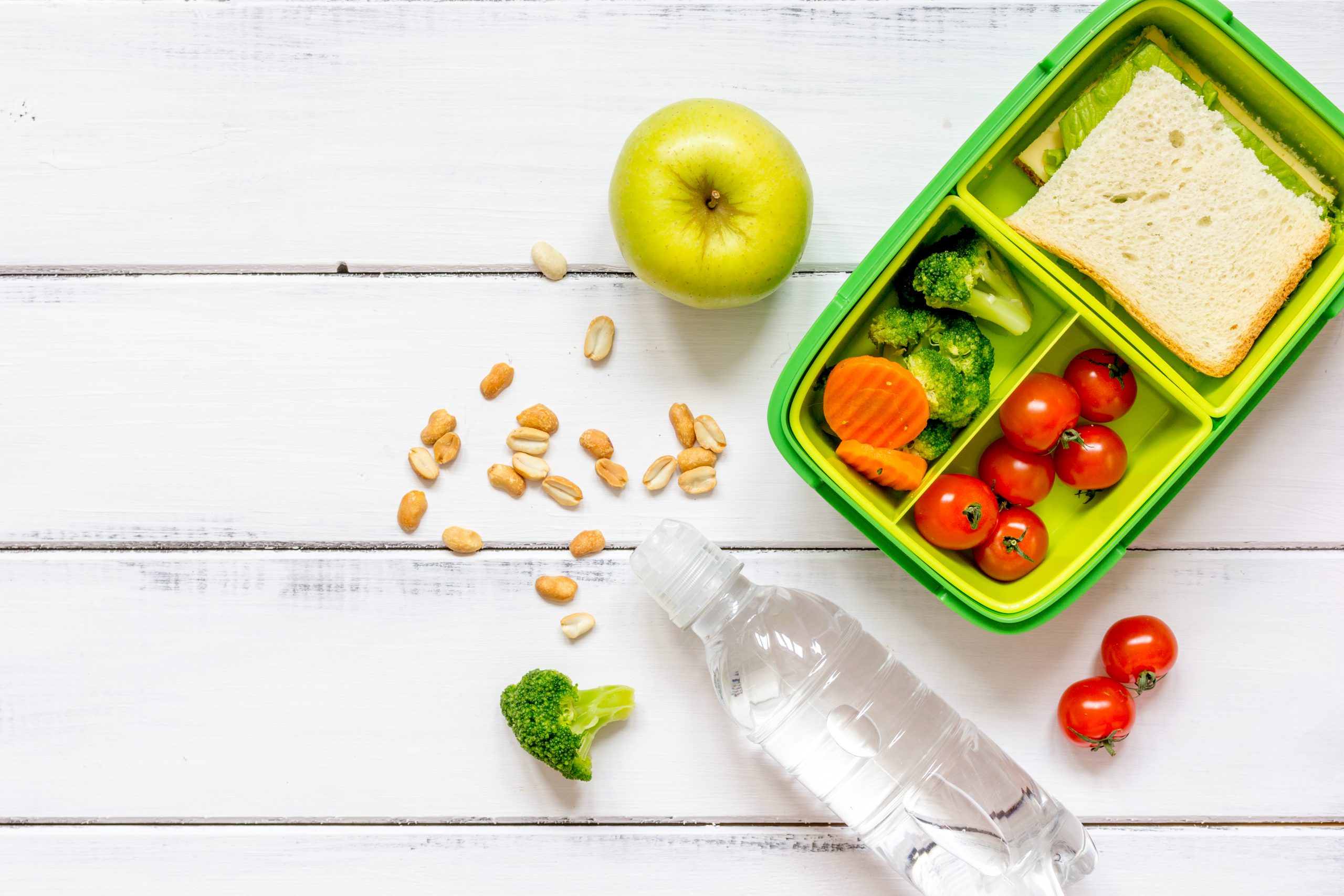With the start of the school year just around the corner, the Food Safety Information Council is urging parents and the school community to learn more about food safety and how to keep lunch boxes safe this school year.
Council Chair, Cathy Moir says that food safety is everyone’s responsibility and that preventing food poisoning is essential for the safety of all children.
“This year we have partnered with our supporter, Provisual to get food safety information, including links to Covid-safe information, into school canteens and tuckshops,” says Ms Moir.
“In particular, we would like parents, other family members and school canteen volunteers to do our affordable, online Food Safety Essential course that explains the food safety basics simply and easily.”
Ms Moir adds: “Every school that registers with our member Highfield e-learning gets access to a series of free materials for schools to download, as well as low-cost training courses (essential, top-up and level 1), which allow teachers to effortlessly include food safety into lesson plans.
“Once registered, everyone involved in food safety in schools can access the free materials and reduced-cost training, including canteen volunteers, parents, school staff and students.
“Registered schools can also enter our online competition for the chance to win a $50 Bunnings Gift Voucher.”
Additionally, Ms Moir says that the Council encourages high school students to take the Food Safety Essentials top-up course, as their “consumer research consistently shows poorer food safety among younger people”.
“For example, our recent Omnipoll national handwashing survey found that only … 55% of respondents between 18 and 34 years said they always washed their hands before handling food.
“This is a concern as young people will often go on to work as food handlers either as a fulltime or parttime job, or have jobs caring for vulnerable groups in the child, aged care and disability sectors,” says Ms Moir.
Six tips to ensure a safe lunchbox
- When buying lunchboxes, choose those that have room for a frozen water bottle or freezer block and are easy to clean and dry.
- Always wash and dry your hands thoroughly before preparing food, and wash all fruits and vegetables thoroughly.
- Make sure ready-to-eat lunchbox foods are always kept separate from raw foods in the refrigerator, particularly raw meats, chicken, eggs, and seafood.
- Keep the lunch cool in the fridge until you are ready to leave home, then put an ice brick or frozen drink in it to keep it cold until lunchtime.
- During hot weather, you may want to consider providing safer lunchbox alternatives that can be safely stored at room temperatures, such as hard or processed cheese, uncut vegetables or tuna in a can.
- Discard any higher risk foods such as sushi, leafy salads, meat, cut fruits, poultry, rice or eggs if your child brings them home uneaten.
For more information on how to prepare a safe and nutritious lunchbox, visit: choice.com.au/babies-and-kids/feeding-children/making-healthy-choices/articles/what-makes-a-healthy-lunch










